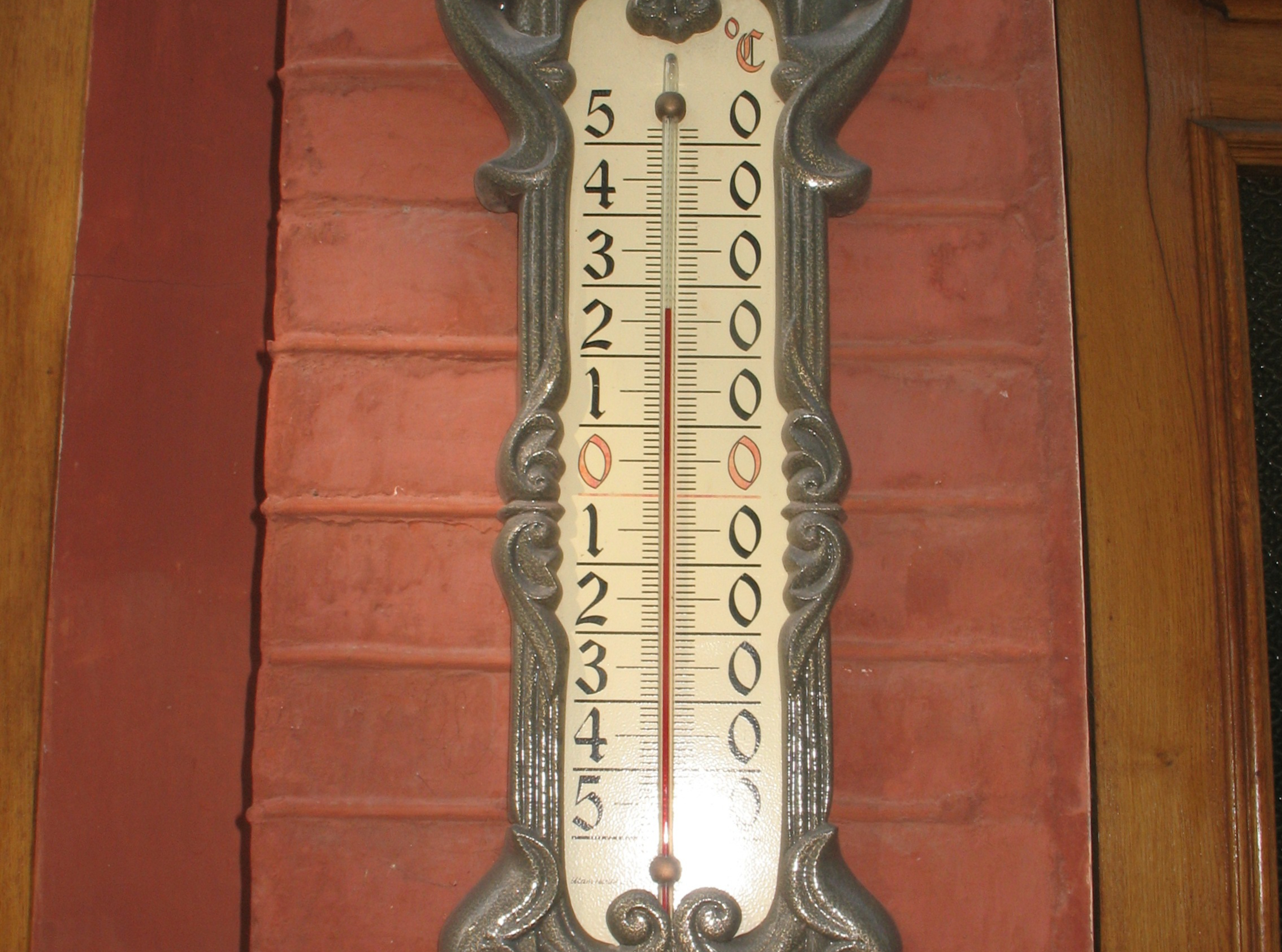Civilization
In January Cold, the Texas Electricity Grid Held – Barely
The Texas Electrical Interconnection barely avoided collapse in a January winter storm, but is still vulnerable to cold shocks.

During the recent Winter Storm Heather (Jan. 13-16), the Texas grid was able to produce enough energy to meet the demand, but just barely. Since Winter Storm Uri (February 2021), it appears that improvements have been made to the reliability of natural gas generation. Also, there have been significant additions of renewables capacity, primarily solar, and a small amount of energy storage (batteries). All of these helped to prevent another grid collapse. But we also got lucky. This storm was not nearly as severe as Uri in its intensity, duration, and precipitation.
During the storm, Texans used a wintertime record amount of electricity at 78,138 megawatts on Jan. 16 at 7:50 a.m. At that time, ERCOT’s data showed that the system had 5,229 megawatts in Physical Responsive Capability (PRC). ERCOT begins calling alerts when operating reserves drop below 2,500 megawatts. At 1,500 megawatts, ERCOT begins “controlled outages,” a.k.a. rolling blackouts.
So, it appears to me that at the worst of the storm, we had about 7% in reserves. The amount of reserves as a percentage of the total demand varies dramatically, even within a day, but typically runs in the 10-20% range. So, while we were never in danger of the grid failing this time, I think it is likely that if Heather had been as bad as Uri, the grid would have likely failed again, but perhaps not as badly as it did with Uri.
The recent storm did, however, once again underscore the dilemma Texas faces with its current mix of generation sources. The industry jargon for this is called the “fuel mix.” Texas has the most diverse fuel mix in the country, and many may be surprised to know that Texas generates the highest level of renewables in the country, with wind and solar contributing over 30% of total generation.
Data Source: ERCOT
The Texas grid was primarily designed to perform in the summer heat when demand peaks are generally limited to several hours in the late afternoon and early evening. In the winter, during periods of extreme cold, demand peaks can be much longer. In the case of Uri, the demand peak lasted for several days.
Wind and solar perform better in the summer. Typically, renewables do not perform very well during winter storms. Because of the poorer performance of renewables and prolonged periods of high demand, the Texas grid is much more at risk of catastrophic failure in the winter.
The contribution of wind and solar fell close to zero for several hours during Heather and for several days during Uri. For example, on Jan. 15 at 7:00 a.m., wind was only producing 4,700 megawatts, and solar was at zero. At that time, wind and solar were contributing less than 7% of the electricity Texans were using.
In these situations, the load falls back on other sources, primarily natural gas. Several times during the recent storm, natural gas was generating almost 70% of Texas’ electricity.
This dynamic means that for a reliable grid, we must have sufficient dispatchable generation capacity to make up the difference when the sun is not shining and the wind is not blowing. For now, at least, that is natural gas generation.
But the problem is that when the wind is blowing and the sun is shining, wind and solar produce electricity at a significantly lower cost, making it difficult for natural gas to compete during those times. For wind, the cost advantage is almost entirely attributable to government subsidies. But solar comes in a little below natural gas without any subsidy, and the cost of solar continues to drop.
In a market-based system like ERCOT, the competitive problem for natural gas is even more challenging during times when wind and solar are producing a lot of electricity. That is because wind and solar have high upfront capital costs, but the marginal (input) costs are nearly zero. Even when electric prices are very low, wind operators are incentivized to continue to produce because their primary government subsidiary is based on the amount of electricity they produce. In some cases, wind operators will continue to produce at even negative market prices (i.e., the grid is oversupplied with electricity) because they still collect the production tax credit. In contrast, natural gas generators, which have significant fuel and operating costs, cannot afford to continue to produce when the price drops below their input costs.
As a result, there is very little incentive to invest in natural gas generation in Texas today. Texas recently offered a package of incentives to build additional natural gas generation, including low-rate loans. There were no takers.
So, if Texas wants to be assured that it will have adequate dispatchable power for extreme weather conditions, the state is going to have to subsidize it with taxpayer money or require it by regulation, which would ultimately increase rates. I will leave the irony of one government subsidy causing the creation of another government subsidy or additional regulation for another day.
The only other alternative is to build storage capacity for the electricity. Currently, that means batteries. At one point in the recent storm, batteries were contributing over 1,000 megawatts. The all-time record for battery contribution to the grid was 2,172 megawatts in February 2023. So, currently, batteries are making a very small contribution.
There is a building boom in battery storage as electricity users have become increasingly suspect of the grid’s reliability. And we are likely to see that number continue to grow. However, as you can see on the chart above, the cost of battery storage is very high. That will probably come down over time, but it has a long way to go.
Because of cheap natural gas prices and the significant contribution of wind and solar, Texans enjoy some of the lowest electricity prices in the country, running 18% below the national average. But that low cost comes at a price – an inherent lack of reliability in its grid. And it is a savings that is wiped out many times over when a storm like Uri does billions of dollars in damage, not to mention the human toll.
The Texas grid held in this storm, but the long-term issue of building a reliable grid in Texas is far from over.
This article was originally published by RealClearEnergy and made available via RealClearWire.
Bill King is a businessman and lawyer, and is a former opinion columnist and editorial board member at the Houston Chronicle. He has served in a number of appointed and elected positions, including mayor of his hometown. He writes on a wide range of public policy and political issues. Bill is the author of “Unapologetically Moderate” and currently serves as the co-chair of the Forward Party of Texas.
-

 Civilization5 days ago
Civilization5 days agoOn the 2025 National Security Strategy
-

 Civilization3 days ago
Civilization3 days agoIvory Tower Thinking and Narcotics Boats
-

 Executive2 days ago
Executive2 days agoThe Last Supper: New York’s Socialist Feast
-

 Executive4 days ago
Executive4 days agoWaste of the Day: Shockingly, Inmate Phone Calls Lead to More Criminal Activity
-

 Civilization2 days ago
Civilization2 days agoYoo Hoo, VP Vance—Your Character is Showing!
-

 Civilization5 days ago
Civilization5 days agoIf Not a Musk, Then the Navy Needs Another Rickover
-

 Executive4 days ago
Executive4 days agoWH Ignores Demands From Pro Life Lobby To Fire FDA Commissioner
-

 Civilization4 days ago
Civilization4 days agoGeneral Misconduct: There Is an ‘I’ in Milley












